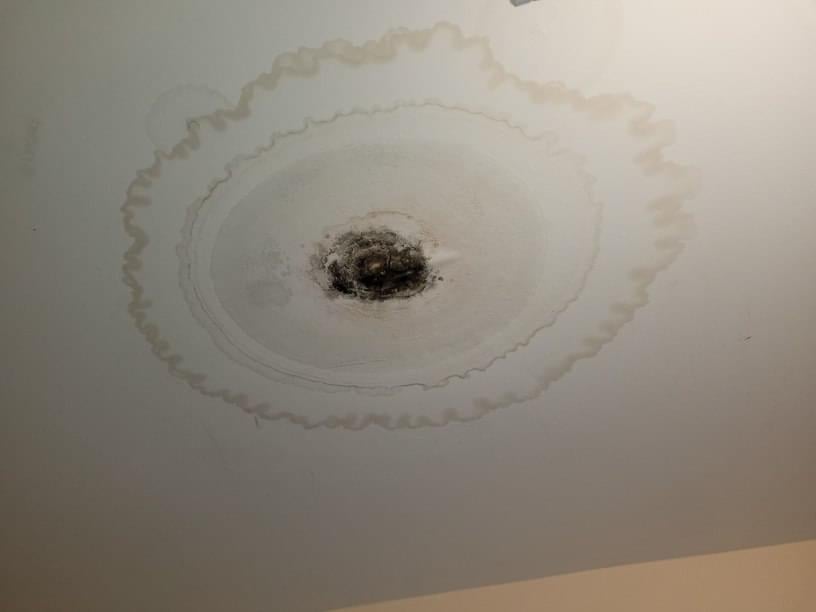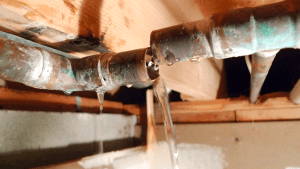Just how do you feel with regards to Leaking water lines?

Early detection of dripping water lines can reduce a possible calamity. Some small water leakages might not be visible.
1. Check Out the Water Meter
Every residence has a water meter. Checking it is a guaranteed manner in which helps you find leakages. For starters, switch off all the water sources. Make sure no person will flush, use the faucet, shower, run the cleaning machine or dish washer. From there, go to the meter and watch if it will transform. Considering that nobody is utilizing it, there must be no motions. If it moves, that shows a fast-moving leak. If you find no adjustments, wait a hr or 2 and also check back once again. This implies you may have a slow leak that could even be underground.
2. Inspect Water Intake
If you find sudden modifications, despite your usage being the very same, it suggests that you have leaks in your plumbing system. An unexpected spike in your bill shows a fast-moving leak.
A stable rise every month, even with the exact same habits, reveals you have a slow-moving leak that's additionally slowly escalating. Call a plumber to completely check your building, particularly if you really feel a warm location on your floor with piping underneath.
3. Do a Food Coloring Test
30% comes from bathrooms when it comes to water usage. Examination to see if they are running appropriately. Drop specks of food color in the container and wait 10 minutes. There's a leakage between the container and also dish if the color in some way infiltrates your dish throughout that time without flushing.
4. Asses Outside Lines
Do not neglect to inspect your outdoor water lines also. Test spigots by affixing a yard pipe. Needs to water seep out of the connection, you have a loosened rubber gasket. Change this as well as ensure all links are tight. If you've got a lawn sprinkler, it will certainly help get it professionally analyzed as well as preserved every year. One little leak can waste tons of water and surge your water bill.
5. Examine the scenario as well as examine
Home owners ought to make it a routine to inspect under the sink counters as well as even inside cupboards for any type of bad odor or mold and mildew growth. These two warnings indicate a leakage so prompt attention is needed. Doing routine inspections, even bi-annually, can conserve you from a significant trouble.
If you recognize your house is currently old, maintain a watchful eye on your heating systems, tubes, pipelines and so on. Look for stainings and also damaging as a lot of appliances and also pipes have a life span. They will certainly likewise normally weaken due to damage. Do not wait for it to intensify if you presume dripping water lines in your plumbing system. Call a specialist plumber today so you do not wind up with a dreadful mess in your house.
Early discovery of dripping water lines can mitigate a potential catastrophe. Some little water leaks might not be visible. Examining it is a proven way that aids you find leakages. One tiny leak can lose tons of water and spike your water bill.
If you think leaking water lines in your plumbing system, do not wait for it to escalate.
WARNING SIGNS OF WATER LEAKAGE BEHIND THE WALL
PERSISTENT MUSTY ODORS
As water slowly drips from a leaky pipe inside the wall, flooring and sheetrock stay damp and develop an odor similar to wet cardboard. It generates a musty smell that can help you find hidden leaks.
MOLD IN UNUSUAL AREAS
Mold usually grows in wet areas like kitchens, baths and laundry rooms. If you spot the stuff on walls or baseboards in other rooms of the house, it’s a good indicator of undetected water leaks.
STAINS THAT GROW
When mold thrives around a leaky pipe, it sometimes takes hold on the inside surface of the affected wall. A growing stain on otherwise clean sheetrock is often your sign of a hidden plumbing problem.
PEELING OR BUBBLING WALLPAPER / PAINT
This clue is easy to miss in rooms that don’t get much use. When you see wallpaper separating along seams or paint bubbling or flaking off the wall, blame sheetrock that stays wet because of an undetected leak.
BUCKLED CEILINGS AND STAINED FLOORS
If ceilings or floors in bathrooms, kitchens or laundry areas develop structural problems, don’t rule out constant damp inside the walls. Wet sheetrock can affect adjacent framing, flooring and ceilings.
https://www.servicemasterbyzaba.com/blog/how-to-detect-water-leakage-in-walls/

Do you really like reading up on Detecting hidden plumbing leaks? Leave a remark below. We'd be glad to find out your feelings about this blog entry. In hopes that you come back again later on. Liked our article? Please share it. Help others find it. We take joy in reading our article about Locating water leaks.
Comments on “Guide To Water Leakage Detection In The House”